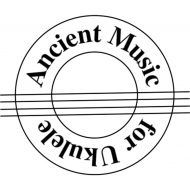If you love Renaissance guitar music, there are now five troves of 16th century music available to play on the ukulele, Renaissance guitar, etc.
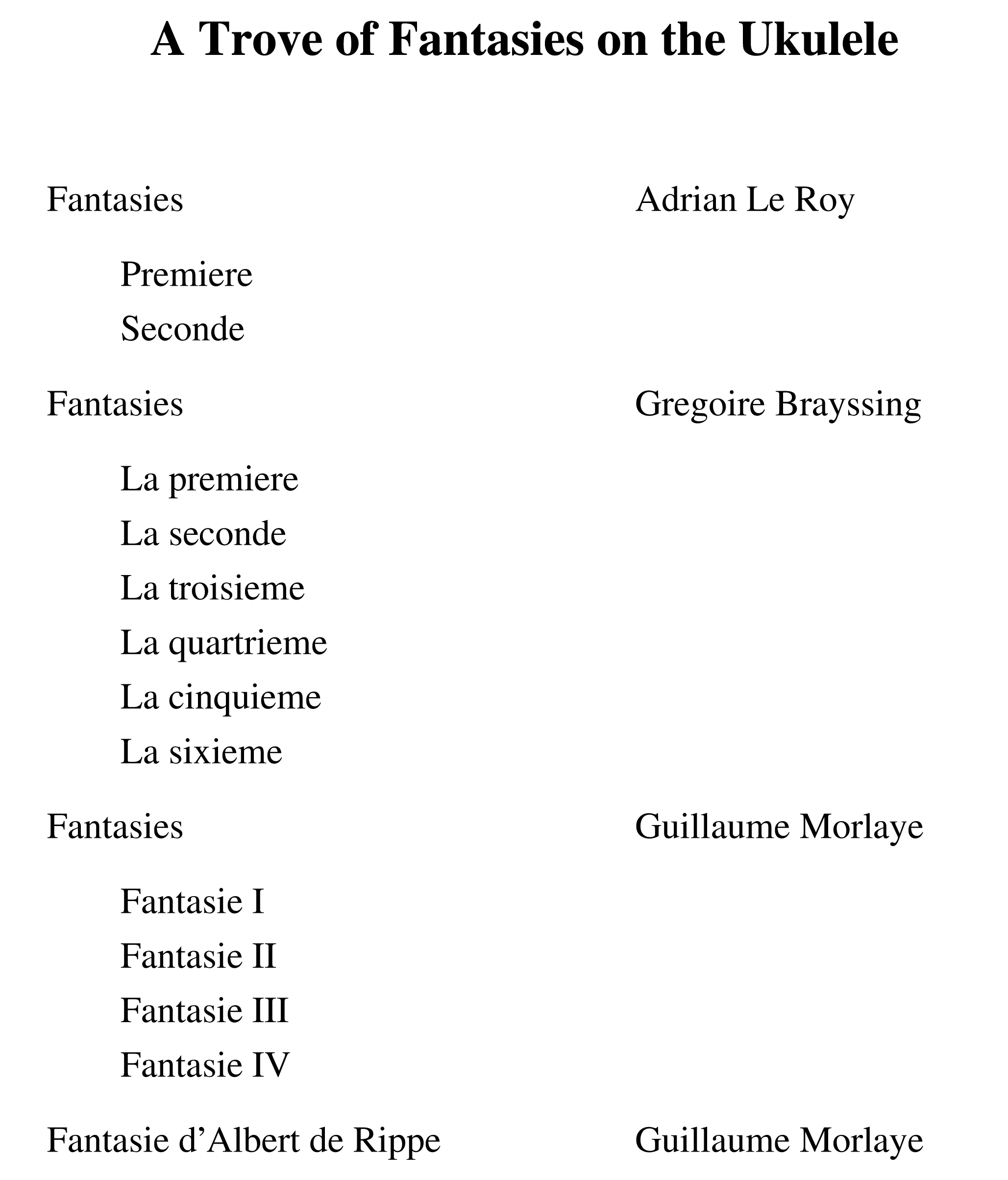
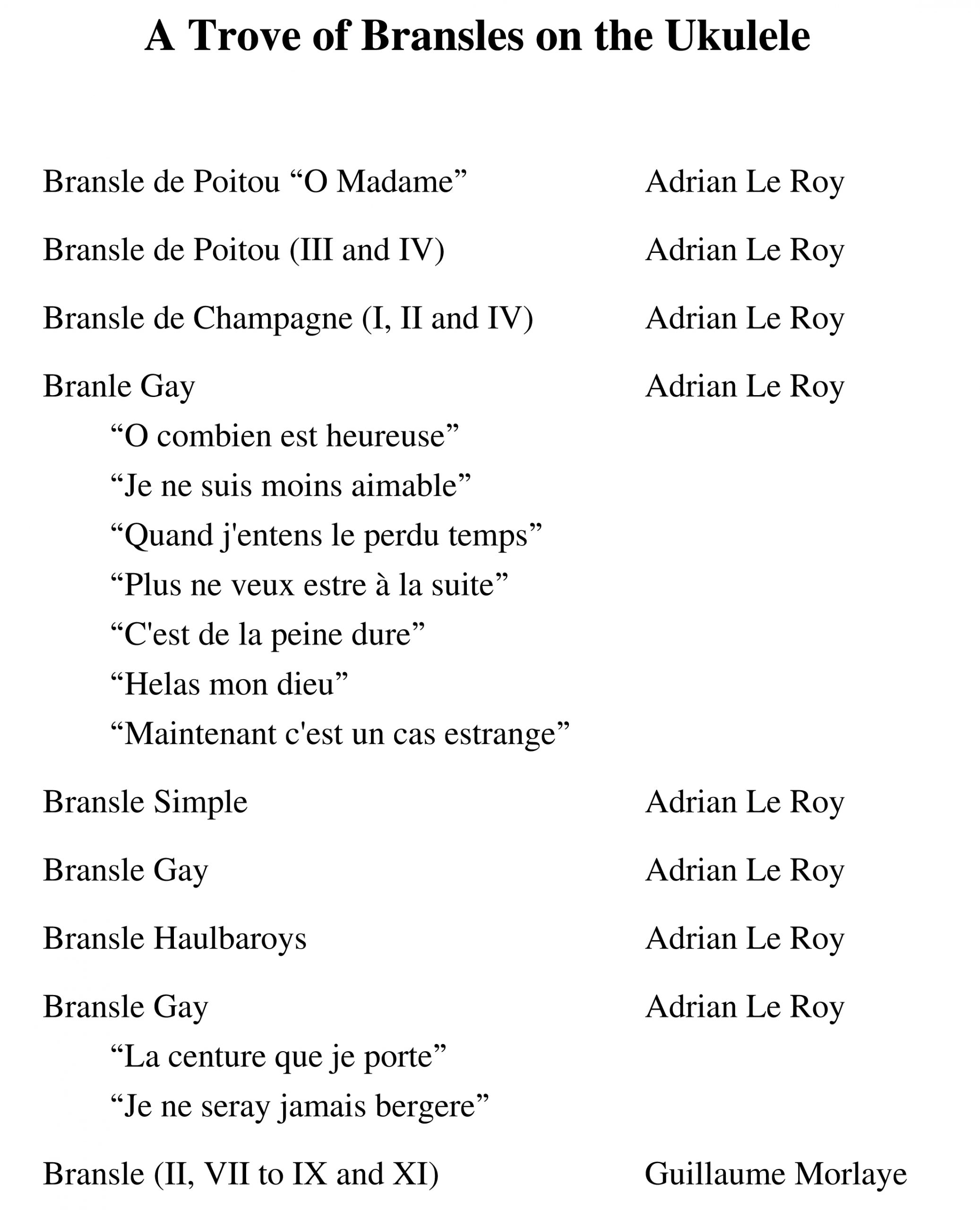

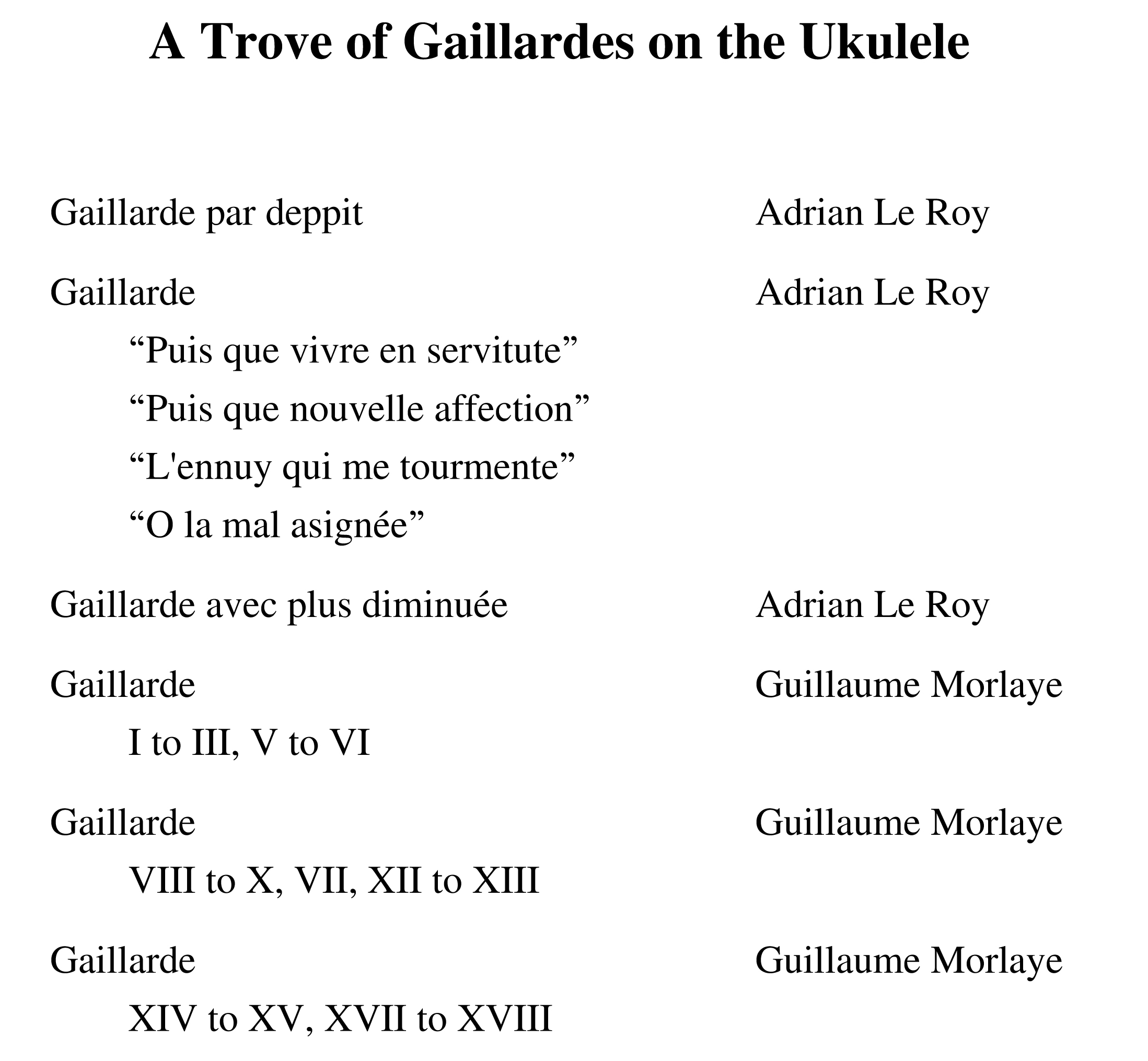
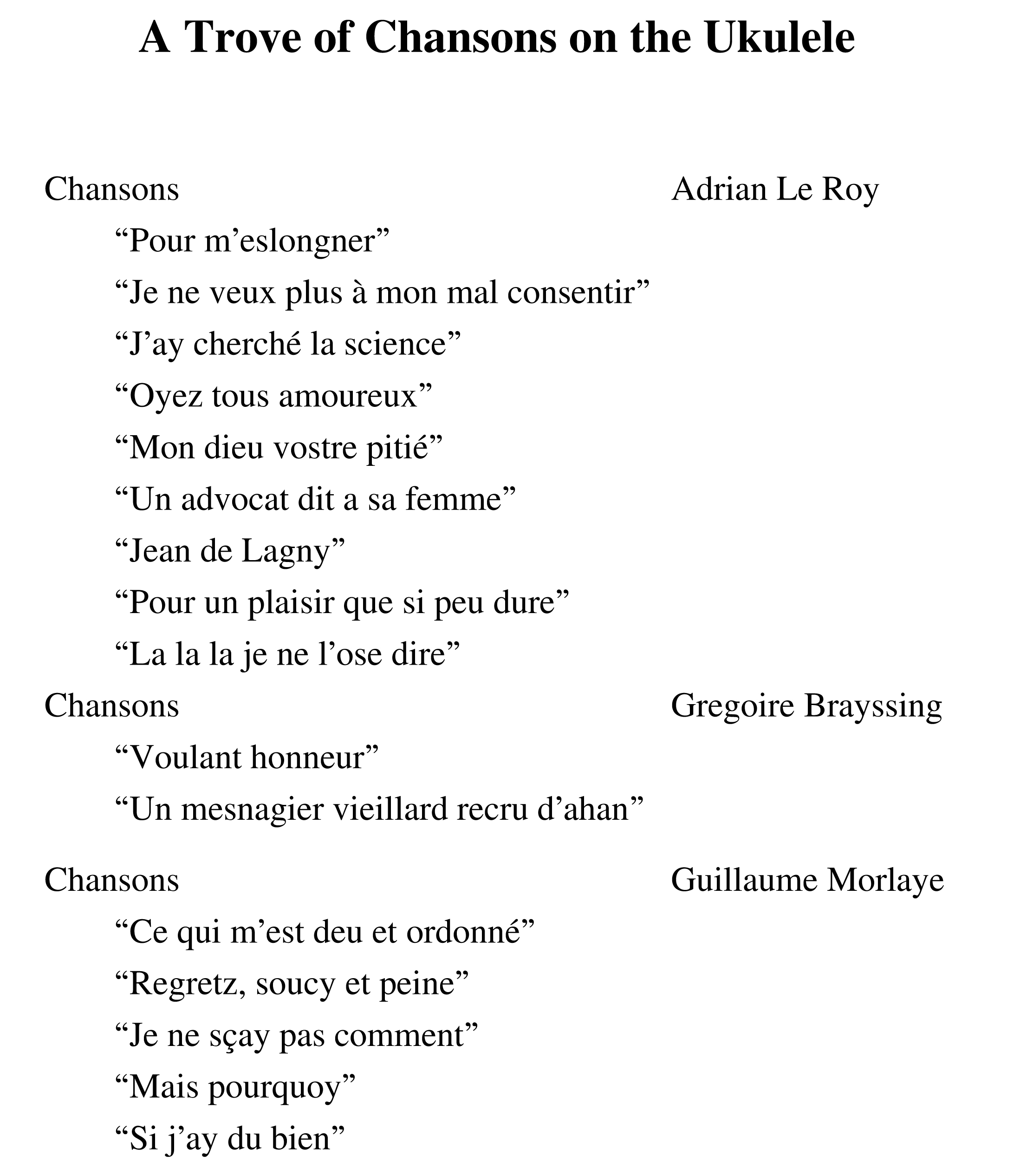
Click on an item to view a larger image
Trove of Fantasies: A fantasia or fantasie is a musical composition with its roots in the art of improvisation. The term was first applied to music during the 16th century, at first to refer to the imaginative musical “idea” rather than to a particular compositional genre. Its form and style consequently ranges from the freely improvisatory to the strictly contrapuntal, and also encompasses more or less standard sectional forms (i.e. it sometimes but doesn’t always follow the “rules”). Read more. Listen.
Trove of Bransles: The name branle (or bransle) derives from the French verb branler (to shake, wave, sway, wag, wobble) and is a type of French dance popular from the early 16th century to the present. The term also refers to the music and the characteristic step of the dance. The branle was danced by a chain of dancers, usually in couples, with linked arms or holding hands. The dance alternated a number of larger sideways steps to the left (often four) with the same number of smaller steps to the right so that the chain moved gradually to the left. Read more. Listen.
Trove of Pavanes: The pavane is a slow processional dance common in Europe during the 16th century. The decorous sweep of the pavane suited the new more sober Spanish-influenced courtly manners of 16th century Italy. It appears in dance manuals in England, France, and Italy. It has a slow duple metre with two strains of eight, twelve, or sixteen bars each. The pavane’s popularity was from roughly 1530 to 1676. As a musical form, the pavane survived long after the dance itself was abandoned, and well into the Baroque period. Read more. Listen.
Trove of Gaillardes: The gaillarde or galliard was a form of Renaissance dance and music popular all over Europe in the 16th century. It is mentioned in dance manuals from England, France, Spain, Germany, and Italy. It is an athletic dance, characterised by leaps, jumps, hops and other similar figures in a series of choreographed patterns of steps. After the dance fell out of popular use and, in musical compositions, the galliard often filled the role of an after dance written in 3 or 6, which followed and mimicked another piece (sometimes a pavane) written in 2 or 4. Read more. Listen.
Trove of Chansons: Chansons are songs. The earliest chansons were for two, three or four voices, with first three becoming the norm, expanding to four voices by the 16th century. The Parisian Chansons began in 1520 and were lighter and chordal with melodies in the upper most line. Sometimes, the singers were accompanied by instruments, often lutes. The general subject matter was courtly love. Read more. Listen.
